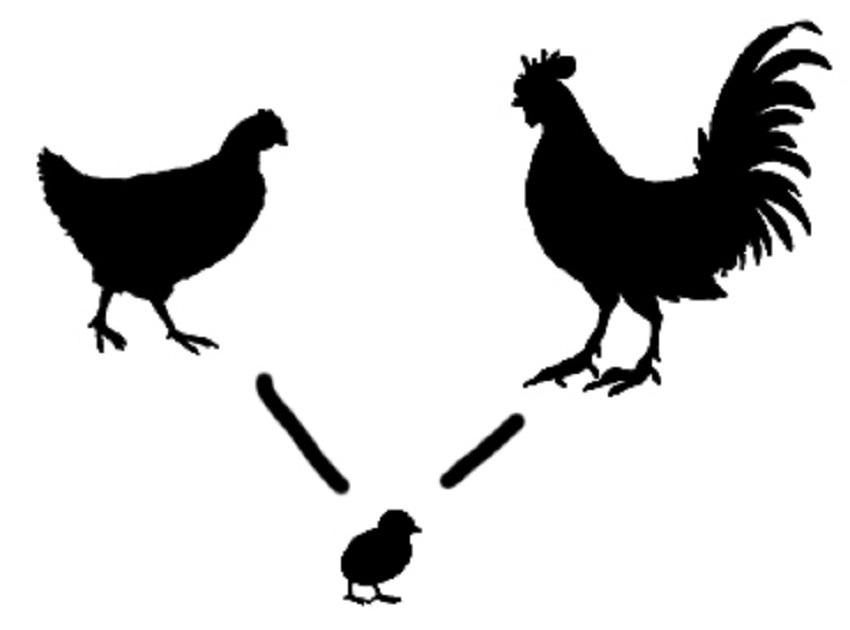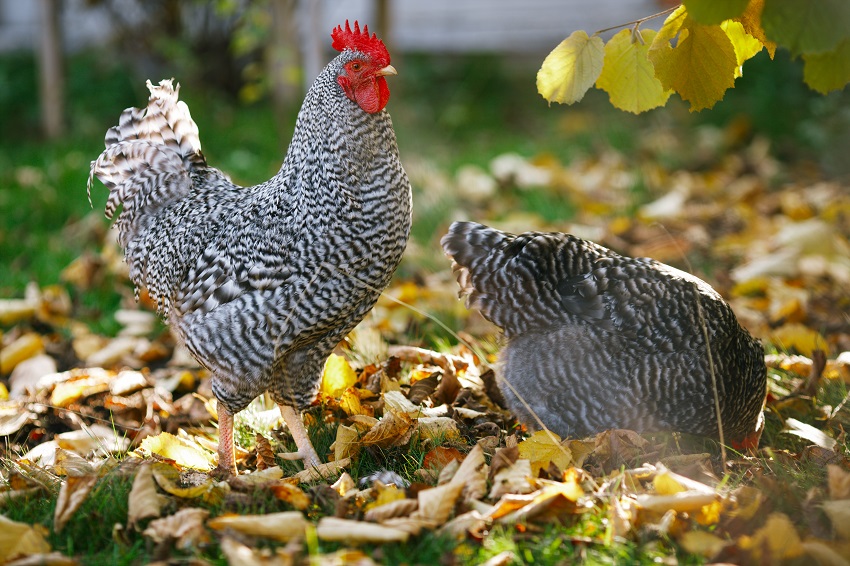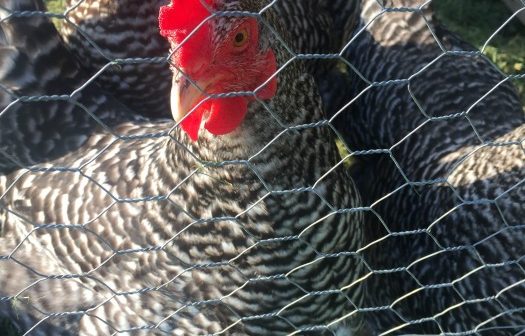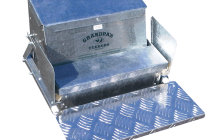I would like to encourage you all to stay with me till the end. First I will explain what I do to establish my breeding stock, and then I will explain the breeding practices that I employ to maintain a sustainable flock. With that said, I want to say that most of the information that I see (whether videos or articles) are breeding chickens to show. While that is all good, the other 95 percent of the chicken breeders are just wanting to breed their chickens so that they can maintain eggs and/or meat for their family. I am one of the 95 per-centers!

Breeding Chickens
I haven’t come up with any superior style, but have come up with some inventive ideas to make my flock sustainable for us. I don’t believe in bringing in new bloodlines unless all else fails. The reason I believe this is for the same reasons that people who show chickens don’t want to do it; because every time you bring in a new bloodline, you run the risk of bringing in new problems.
I am not breeding for color or breast meat, I breed for healthy birds that will stay healthy without a constant supply of antibiotics and supplements. Mostly because I am going to eat it and I don’t want that in my system, but also because it doesn’t make your birds healthier, in fact, quite the opposite. You see, now you are taking a bird that is unhealthy and cannot survive if it doesn’t take the antibiotics, and then you are going to breed those genetics back into the next generation and the next, and the next. You will never produce a chicken with great genetics by doing this, so my selection process is first of all, letting nature take it’s course by allowing nature to cull the chickens naturally. If they are healthy and remain healthy, they are definitely considered for propagation. We as small-time farmers can’t afford to waste any resources, so we nurture them back to health. This is what I do as well, but the ones I have to nurture will not be part of the next generation.
The next criteria that I use to decide for breeding stock is how they perform. If it is an egg producing chicken, I want to know how many eggs they produce, and if it is a meat chicken, how large the chicken got by butchering time. Although we think it good to harvest the biggest birds, it is probably a better strategy to breed those birds to make more chickens like that. No one wants to cull a chicken from their flock, and you don’t have to. If you decide to keep them, that is your decision, but for me, I won’t be using them as breeding stock.
Now taking all of this into consideration, You will need to keep records. If you can’t tell one chicken from another, just put a leg band on them. You can use the commercial ones or use colored zip ties, but you will want to keep track of your birds to know which ones are doing what. Then you will know which ones are your breeding stock and which ones are not.
Sustainable Breeding Practices
Below is a list of the different kinds of established breeding practices and I will explain each one:
- Flock Mating
- Rolling Mating
- Spiral or Clan Breeding
- Line Breeding
Flock Mating
Flock mating is exactly what it sounds like, you have one flock. In order to be somewhat sustainable though, you will need at least 3 roosters and 30 hens. More is better from a sustainable aspect. It is a long term semi-sustainable breeding program, but you won’t know which roosters are with which hens in this program. And it takes a hen 14 days to clean out her oviduct. Meaning, from one egg to another, you may have different fathers. With multiple roosters in the equation, you have no idea which rooster is the father even if you see a rooster and hen mating. This type of system is slow to show improvement, but it is a good method you want is to keep a steady supply of chickens. These chickens will show slow progress depending on how well you evaluate the ones you keep as breeding stock, and the stock of chickens you started out with.

Rolling Mating
In this scenario of breeding chickens, you have a minimum of two pens of 9 chickens each. One rooster and 8 hens, and what you do is breed the best young hens with the best older rooster, and the best older hens with the best younger rooster. This method isn’t very sustainable. You can end up with inbreeding depression because the gene pool is small. This is similar to line breeding, but with multiple hens, you wind up with a lot of different combinations of genes. Also with two different pens (or more) you can use those genetics to diversify the other.

Spiral or Clan Breeding
This method I mainly use when breeding chickens, however I also do line breeding as well. This system uses three to five clans. We will call them clan 1 through 3 for demonstration purposes. In the first year, Clan 1 will hatch chicks and the best chicks are placed back in with that flock. Clans 2 and 3 are also going to do the same so that there are now 1st generation and 2nd generation hens in the group. The second year, the rooster from Clan 1 goes to Clan 2, Clan 2 rooster goes to Clan 3, and Clan 3 rooster goes to Clan 1. All of the hens stay in their clan and the roosters move in a spiral pattern; each year moving to another Clan.
Once the roosters have all been through the clans or are no longer viable, then the roosters are no longer identified. Then you will take the best rooster from clan 1 to rotate. He goes to clan 2, the best rooster from Clan 2 goes to Clan 3, and the best rooster from Clan 3 goes to Clan 1, and the cycle goes on indefinitely. Every year you will take the best rooster and rotate him.
By doing this you are putting the best genetics back into the breeding program. Also each year you will only keep the best 8-10 hens. This system takes a little more record keeping but is very sustainable. The three Clan system is suppose to maintain good genetic diversity up to 20 generations, and the 5 clan system should be sustainable infinitely. So as you can see, it is a very sustainable system without purchasing other birds or bringing in other genetics for you to fight through.

Line Breeding
Line breeding is taking the daughters and breeding them back to the father and taking the sons and breeding them back to the mother. The problem with breeding chickens with this system is that in two generations, your birds are three-quarters of the original bird and has a potential to show signs of genetic depression. This is something to watch for and may or may not develop. However, if you have a superior bird, it is a way to lock in on those traits and multiply them within your flock.
You should use this as a tool to bring out the best in your birds. Let me walk you through how it is done. You mate a rooster (A) and a hen (B). Their best rooster (C) is bread back to the mother (B). You then take three of their best hens (D) (E) & (F) and breed them to their father (C). You then take their best three roosters (G) (H) & (I) and these are the beginnings of your clans for clan breeding. If you wanted five clans then you would save five hens and five roosters instead of only three, but from there you will do your clan mating to get away from the line breeding so that you will have sustainability.
Obviously this is to be used more as a tool than a system because sustainability is only a few generations using this system. I also want to say that you could use this method to evolve into any of the other mating methods, but you will need to switch systems to keep from having problems.
In Conclusion
So as you can see, there are many ways to maintain a viable flock of chickens and should you want to be sustainable for a long time, you can do that, but in order achieve better chickens, you may have to incorporate more than one system and at the very least, you are going to have to keep records. The choice is up to you, I’m just here to give you some options. If you have any questions or comments, please leave them below and I will try to get back to you promptly. If you would like to read another article that I have written recently, perhaps I might suggest Run-Chicken. I also want to say that these breeding practices are recognized by breeders of all kinds of animals as well. See you next time!
Take Care…






Reading advancedwriters reviews is surviv io a smart idea before making an order on the company’s website. How to use the service was covered in great detail in this review.
Learning Education school
A lot Information Health for human
Great info on breeding chickens. I learned a lot in this post.
Everyone of any age can have a good time playing scribble io. It makes the game more interesting because people talk to each other more. This game is a lot of fun, especially for people who like to play with words. They not only learn new words, but they also work on drawing. And somewhere, you’ll be able to find your favorite works and enjoy them. All of this just makes it more fun to do.
So glad you wrote about this. While exploring Victoria BC I saw many landscapes with chicken coops. I was so impressed. Now I want to raise chickens in my yard too.